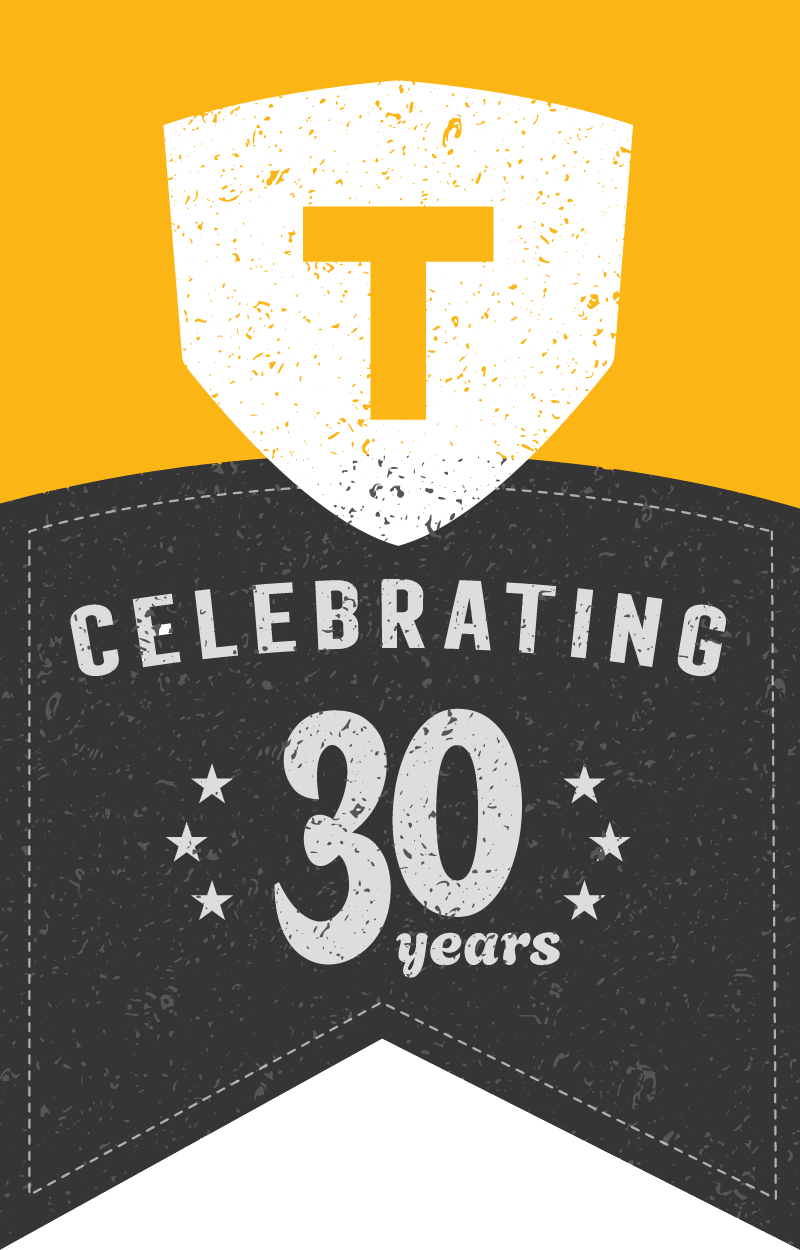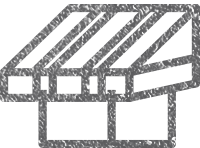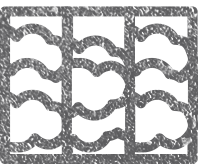Ser Tasting Room
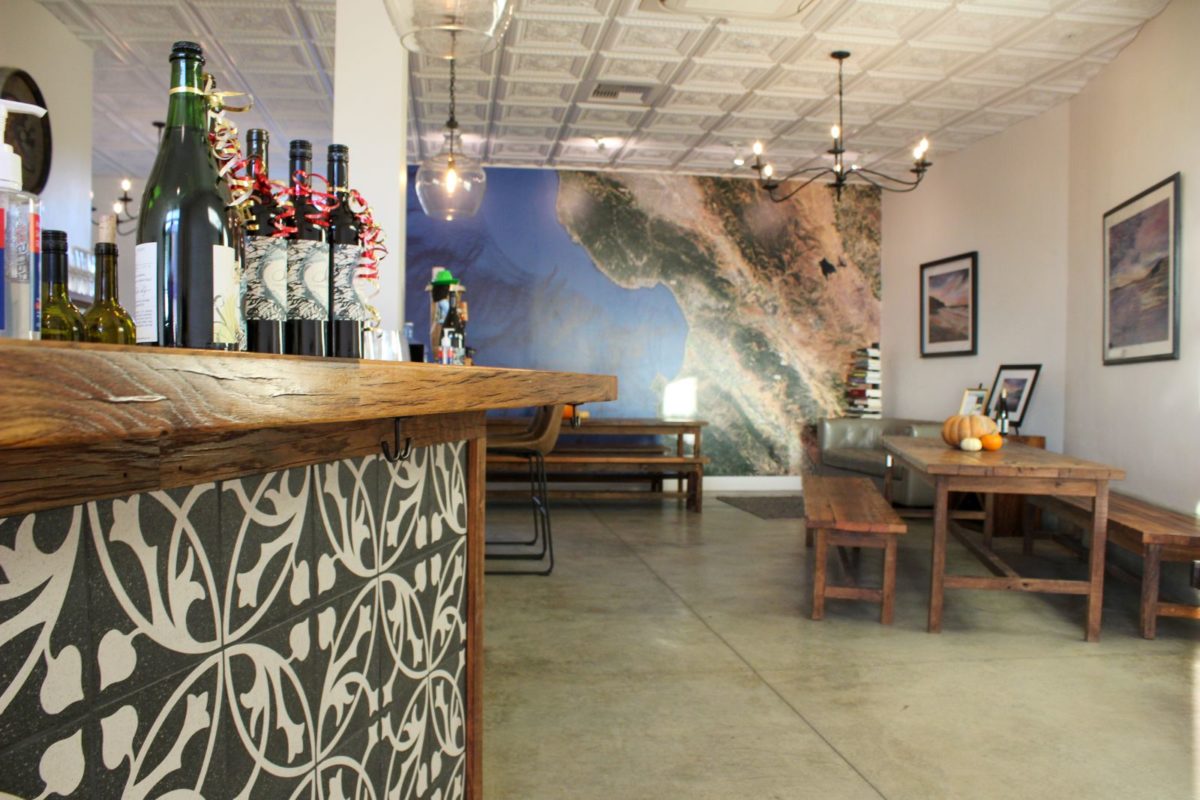
Ser is a Spanish word that expresses identity or origin, and that was exactly what Santa Cruz winemaker and owner of Ser Winery, Nicole Walsh wanted to portray at her tasting room in the Aptos Village. Nicole had a clear vision of what her tasting room should be, and the team at Testorff was able […]
Sereno Group
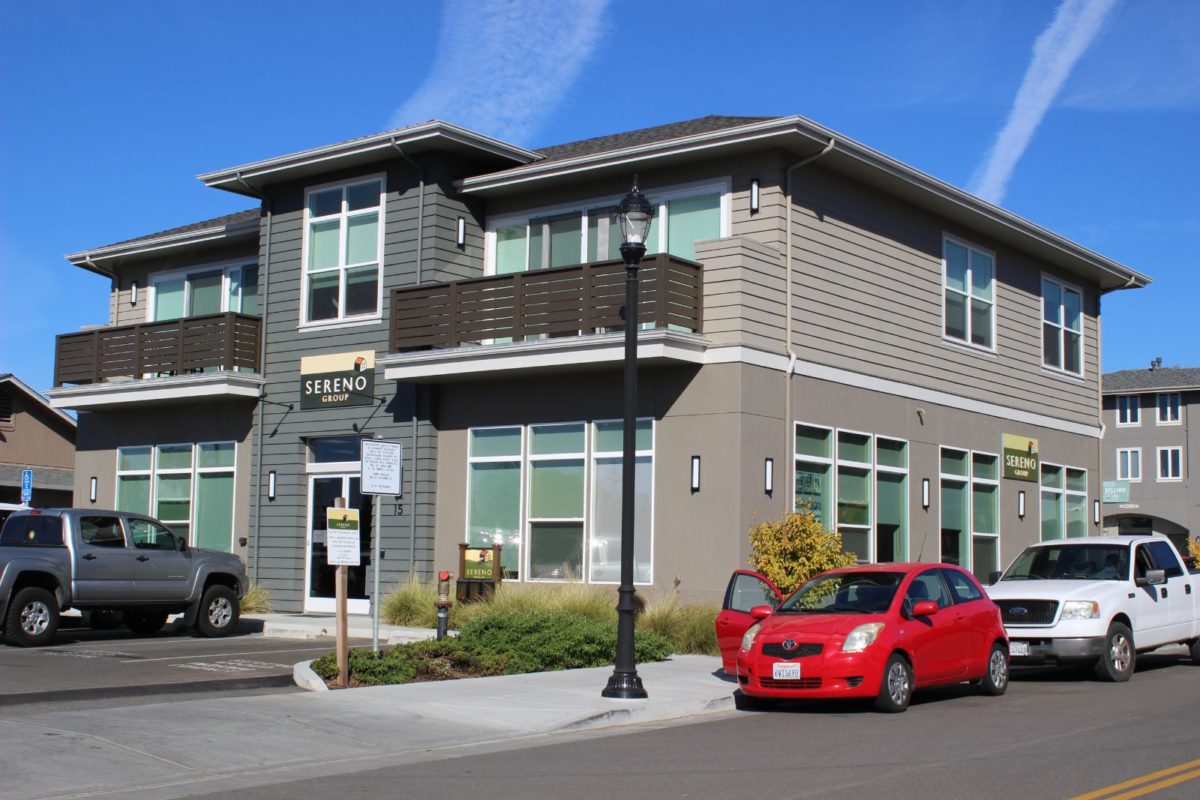
This straight-forward office Tenant Improvement was a joint project between the owners of the space, Testorff Construction and Lauri at L. Kershner Design. As part of the larger Aptos Development Project, the building contains an addition office and lofts above. The office is broken into two spaces, one with an open concept and one with […]
The Grille at Delaveaga
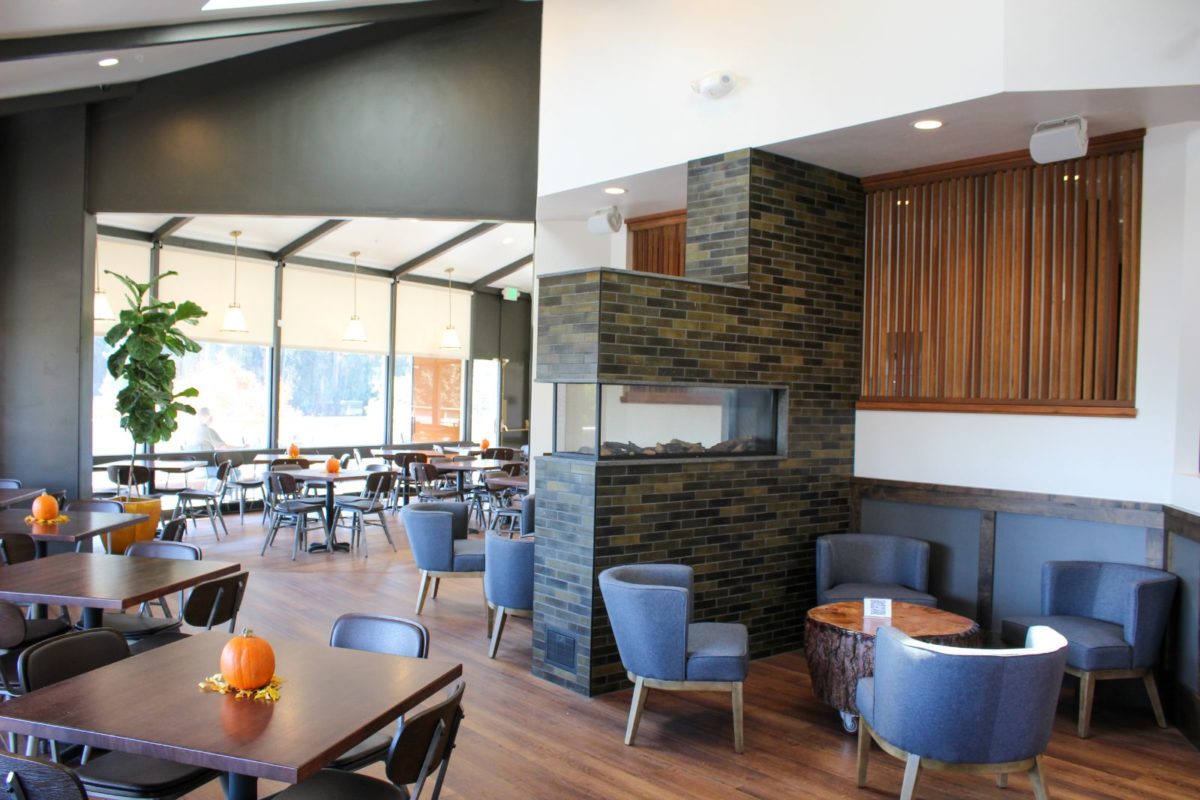
This complete front and back of house renovation was great collaboration between The Grille’s co-owner Jamie Loustalot, the Testorff Construction Team, architects, designers, and individual trade specialists. The Testorff team was given the challenge of creating Loustalot’s vision for this update to the well-known establishment. As Jamie Loustalot explains, “The entire team was amazing to […]
O’Neill Surf Shop Aptos
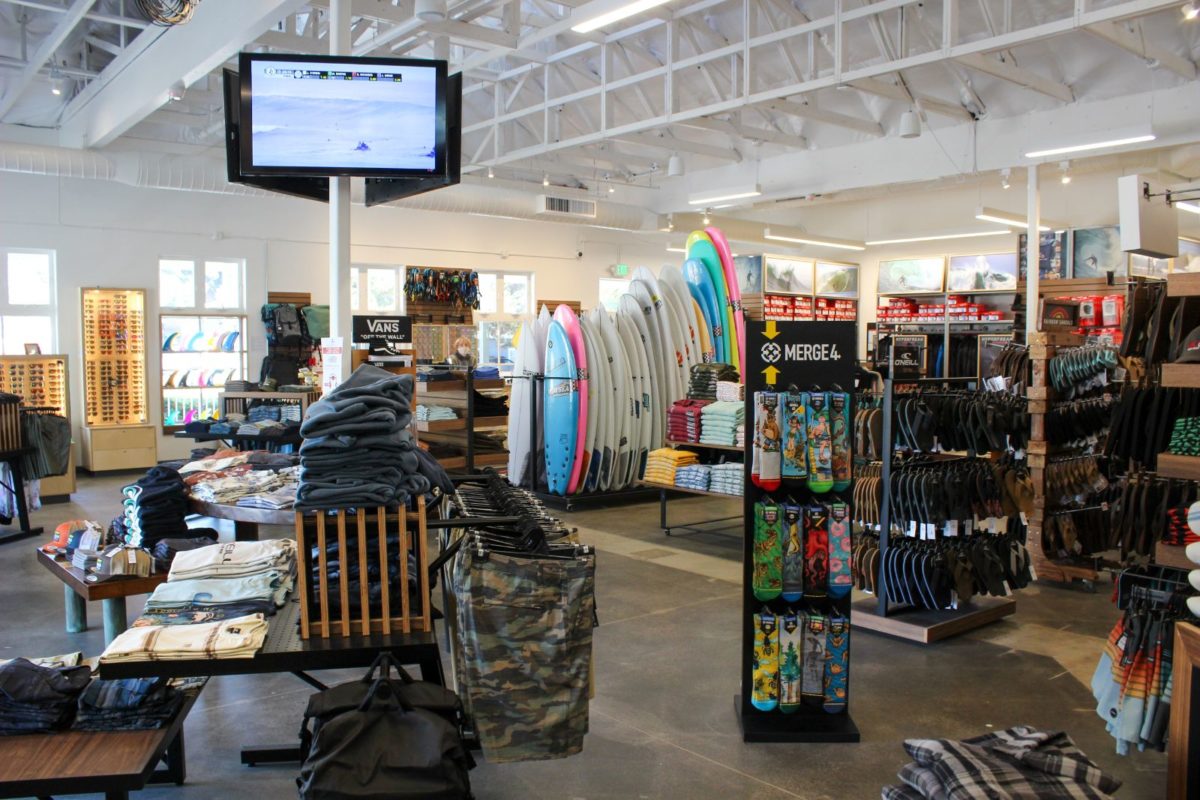
This retail conversion is another great example of what the Testorff team can do with a completely blank canvas. The newest O’Neill Surf Shop gave our team an opportunity to design and build all aspects of the surf shop, from fitting rooms to display walls. The design and build out of the surf shop was […]
Margaritaville

Our main focus with the Margaritaville project was to reenvision the outdated bar and update the atmosphere that has been their mainstay for so many years. This included complete interior remodel, deck remodel, window expansion to maximize the views, and major ceiling and soffit work to compliment the new “wave bar.”
Flats Bistro

Tenant improvement for Jeanne Harrison, owner of Cafe Rio, included complete rework of an older coffeeshop. Our objective here was to transform the outdated establishment into a modern cafe experience, including commercial kitchen install, custom counters, cabinetry & millwork, as well as the installation of a Mugnaini pizza oven. The new design also included an ADA compliant bathroom, […]
Lillian’s Italian Kitchen

Located in the historic Ebert Building at the corner of Soquel and Seabright avenues, Lillian’s Italian Kitchen is a gem offering amazing food in an atmosphere to match. The pre-existing space offered no kitchen infrastructure which required substantial plumbing and retooling to accommodate Lillian’s highly functional ultra-modern kitchen. Testorff Construction removed all existing walls and construction while paying […]
Bantam
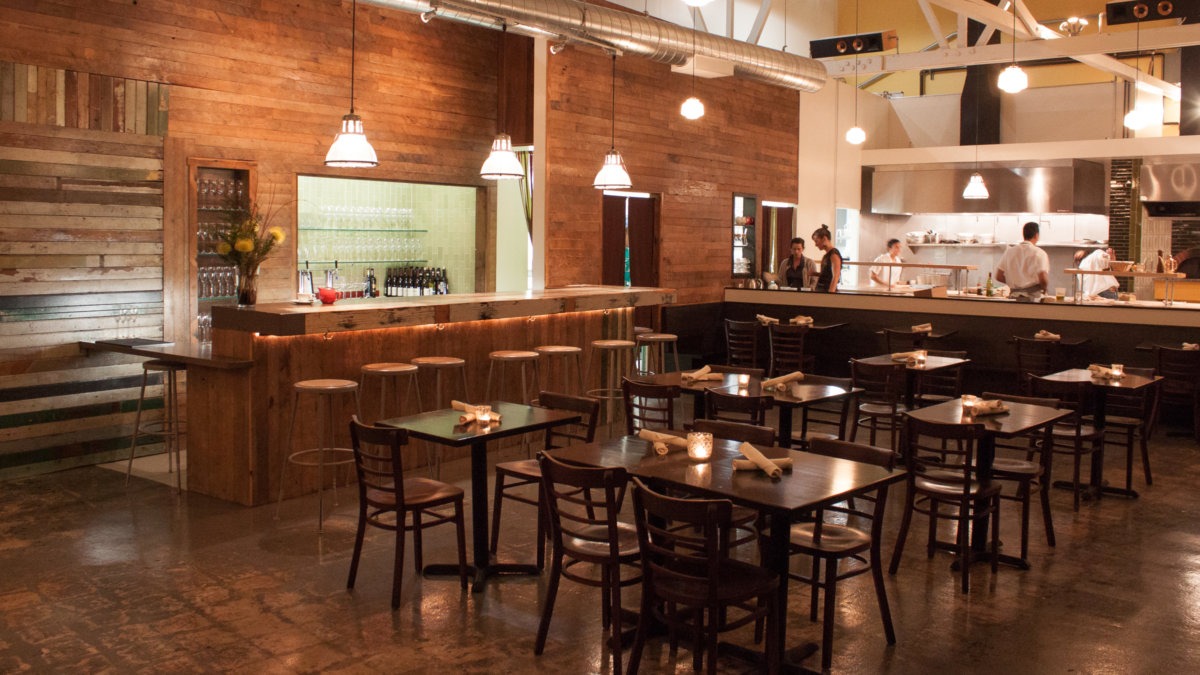
The Bantam Restaurant demonstrates what can be achieved on a minimal budget with good communication and cooperation between the owner and contractor. A tenant improvement project, we converted a personal fitness studio into a boutique wood fired pizza restaurant in just four short months. Working closely with the owner made for an easy decision process […]
Sushi Garden
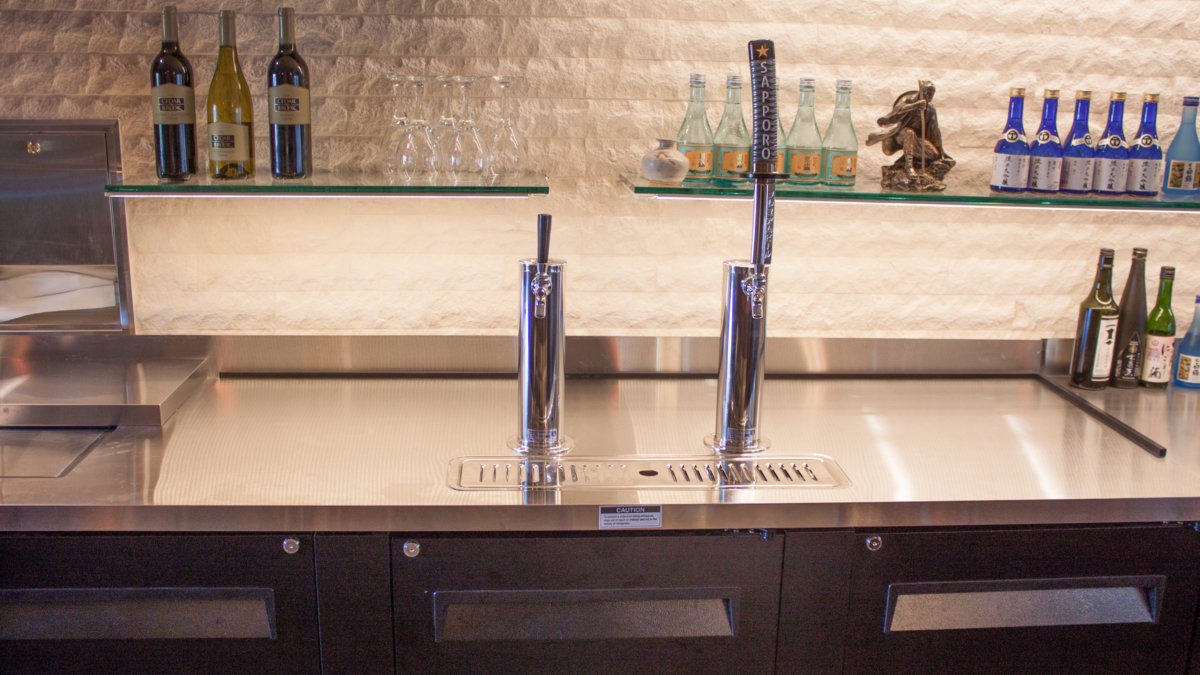
A classic remodel, this popular Capitola restaurant expanded into an adjoining space, doubling in size. We took special care and precautions that allowed them to remain open for business during phase 1 of the expansion and phase 2 remodeling of the original restaurant. To minimize the impact on their business, a strict 4-month timeline had […]
